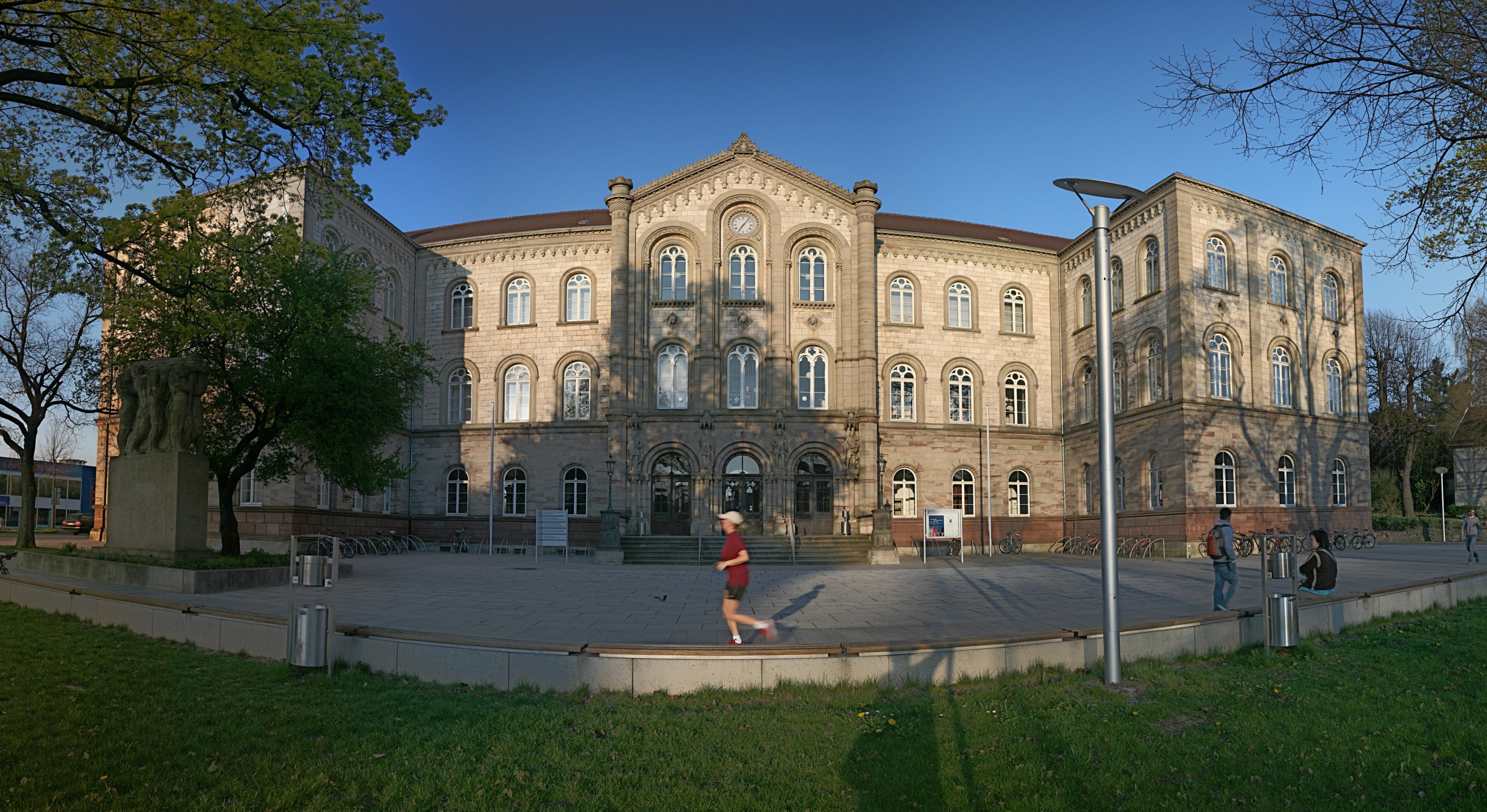Research Shows Quantifies The Benefits For Cacao Production In Peruvian Agroforestry
Peru is the third largest producer of organic cacao worldwide and is also a leader in the cultivation of native cacao varieties – producing chocolate that is internationally recognized for its special flavour. An international research team led by the University of Göttingen quantified the benefits of birds’ and bats’ consumption of plant-feeding insects for the productivity of cacao agroforestry. The researchers considered all arthropods, whether they were predators themselves or the pests which feed on the cacao plants. They found that birds and bats doubled cacao yield despite their suppression of arthropods that also eat pests. The results were recently published in the journal Ecological Applications.
Birds and bats provide important services for agriculture, including the control of insect pests. However, estimating the monetary benefit of these services is no easy task, as birds and bats eat not only harmful insects, but also valuable predatory arthropods, and this may reduce potential benefits for the crop. Using an experimental set-up which excluded birds and bats, researchers compared cacao productivity and arthropod diversity in the presence and in the absence of birds and bats in organically managed, native cacao agroforests from northwestern Peru. Their results showed that the presence of birds and bats increased cacao productivity by an outstanding 118%, in comparison to plots where these animals were absent. This was despite their suppression of arthropods that hunt insect pests. “Birds and bats reduced the abundance of typical insect pests, in particular aphids and mealybugs, which feed on cacao. This is the likely explanation for their large benefits for crop yield which decreased to less than half when they were excluded,” says Dr Carolina Ocampo-Ariza, Agroecology group at the University of Göttingen, who led the research. “Our research shows just how complex animal interactions can be, even in agroecosystems,” adds Ocampo-Ariza.
“Birds and bats reduced the number of predatory arthropods, such as spiders and ants, but the advantages of bird and bat activity clearly outweighed the disadvantages,” adds Professor Teja Tscharntke, University of Göttingen. “Our results show that maintaining and restoring biodiversity in cacao agroforests is essential for the income of cacao smallholder farmers in Peru, with an even greater benefit of birds and bats than we estimated before from looking at other regions.” The research also identified the key role of having forest nearby in minimizing the negative effects of insects on cacao productivity. “Protecting nearby forests, and ensuring a connection between the forest’s biodiversity with agroforestry systems, is essential for maintaining the benefits of biodiversity on cacao yield,” emphasizes Dr Ocampo-Ariza.

